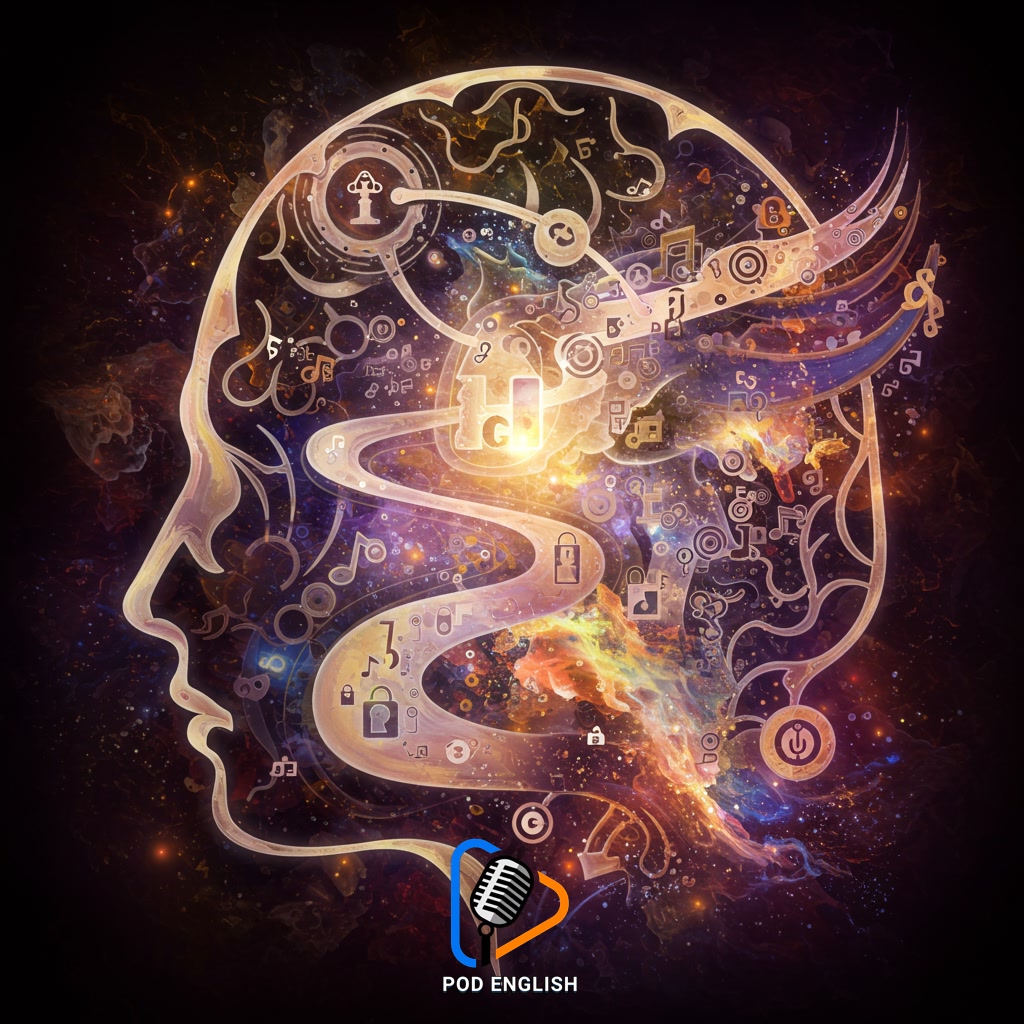Learn English
Unlock English Skills: Arts Boost Creativity and Thinking
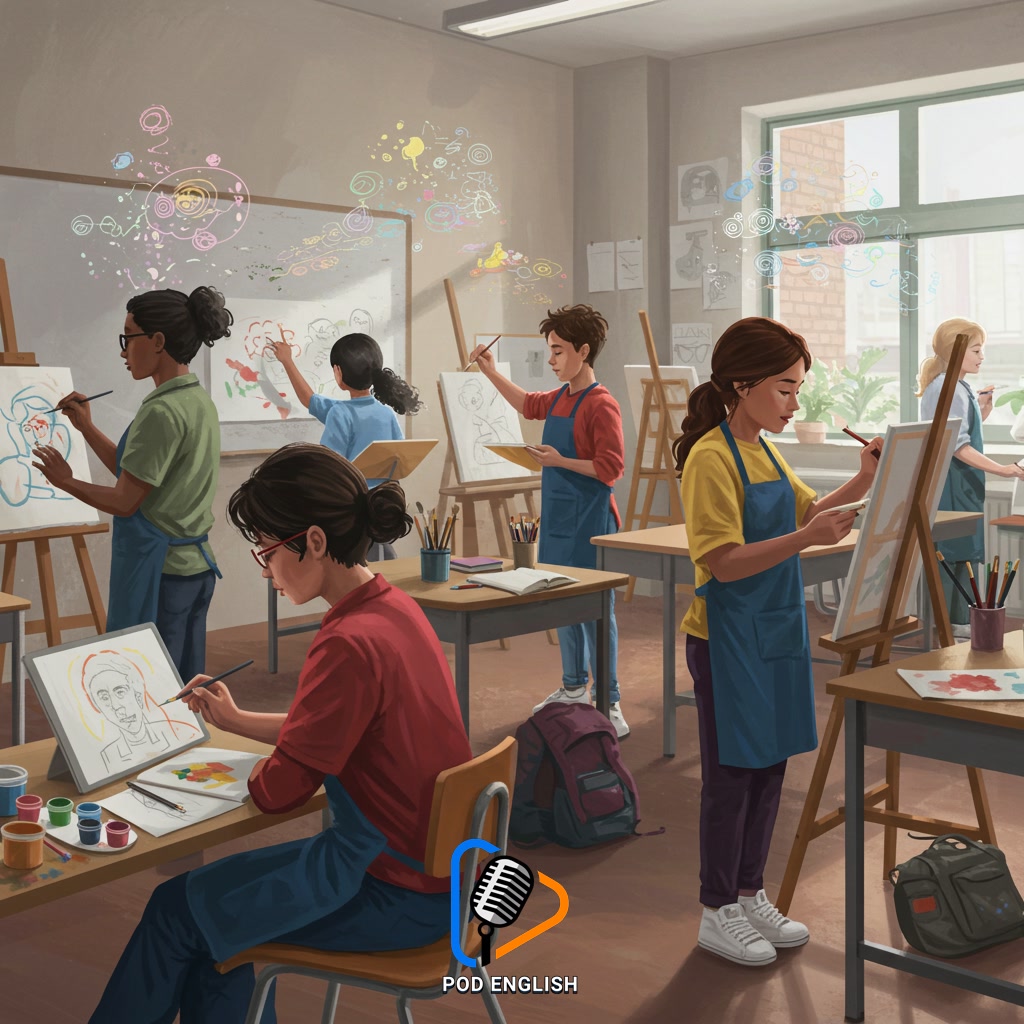
Engaging with various forms of art can significantly enhance one’s English language proficiency. The arts stimulate creativity and improve cognitive processes essential for effective communication and comprehension. Exploring artistic expression helps learners develop richer vocabulary and more nuanced sentence structures. This approach provides a dynamic way to deepen understanding and unlock potential in English language acquisition.
Table of Contents
- Section 1: Introduction: Connecting Arts, Creativity, and English Learning
- Section 2: How Engaging in Arts Enhances Cognitive Skills
- Section 3: Practical Arts-Based Activities for Improving English Skills
- Section 4: Boosting Vocabulary and Expression Through Artistic Practice
- Section 5: Developing Critical Thinking and Interpretation in English via Arts
- Section 6: Integrating Arts into Your English Learning Journey
- Section 7: Conclusion: Unlocking Your Full English Potential with Arts
Section 1: Introduction: Connecting Arts, Creativity, and English Learning
Welcome to “Unlock English Skills: Arts Boost Creativity and Thinking.” This document explores a fascinating connection: how engaging with artistic activities can significantly enhance your ability to learn and use the English language. Often, we think of language learning as separate from creative pursuits like drawing, music, or drama. However, the processes involved in artistic expression naturally stimulate creativity and critical thinking – skills that are incredibly valuable for mastering a new language. This introduction will briefly explain how the arts act as a powerful catalyst, opening up new pathways for understanding and expressing yourself in English, setting the stage for a more dynamic and enjoyable learning journey.
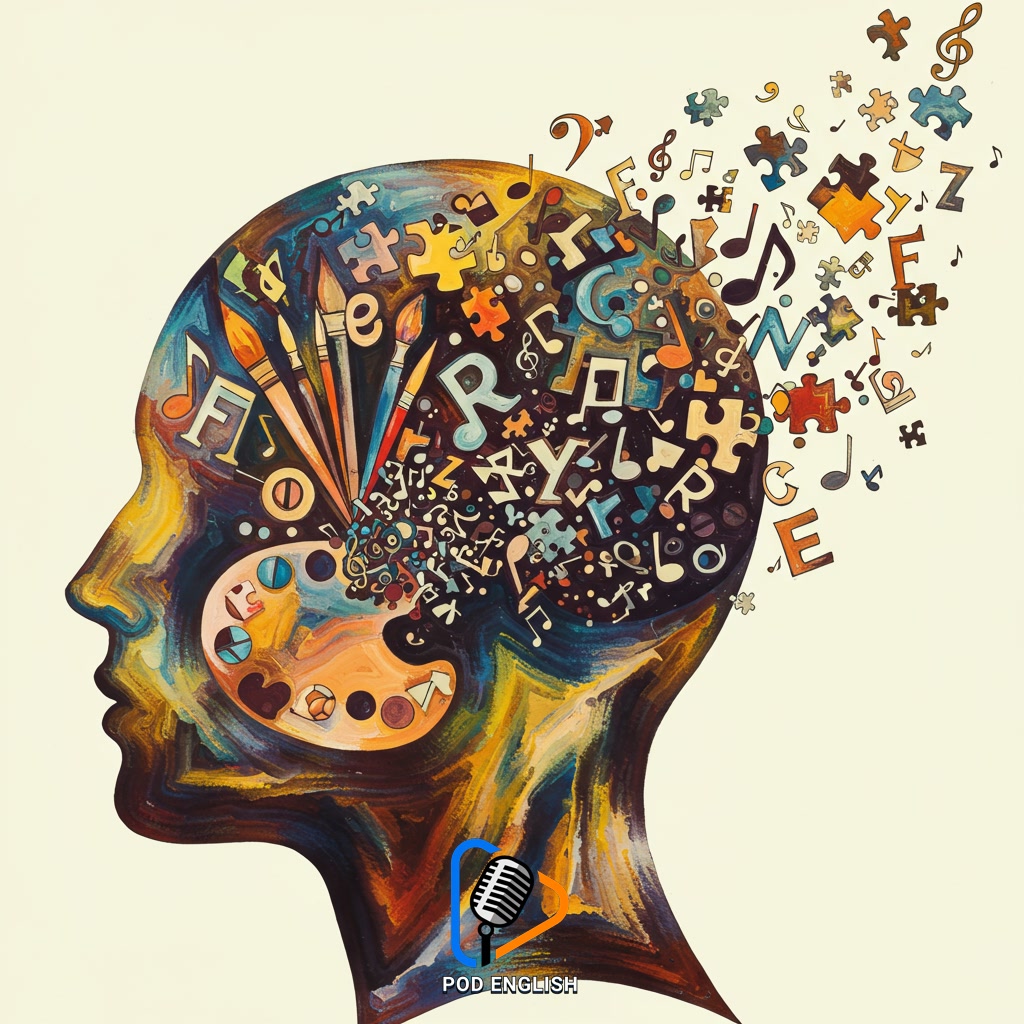
Section 2: How Engaging in Arts Enhances Cognitive Skills
Engaging with various art forms goes beyond mere leisure; it actively stimulates and enhances key cognitive skills essential for learning, including language acquisition. Activities like painting, sculpting, playing music, or participating in drama require focused attention, problem-solving, memory recall, and the ability to process complex information. For instance, learning a musical piece strengthens auditory processing and memory, while visual arts refine observational skills and attention to detail. Drama improves understanding of context, non-verbal cues, and narrative structure. These cognitive exercises build stronger neural connections, improving your capacity for processing, understanding, and retaining new information, which directly benefits your ability to grasp English grammar, vocabulary, and complex sentence structures more effectively.
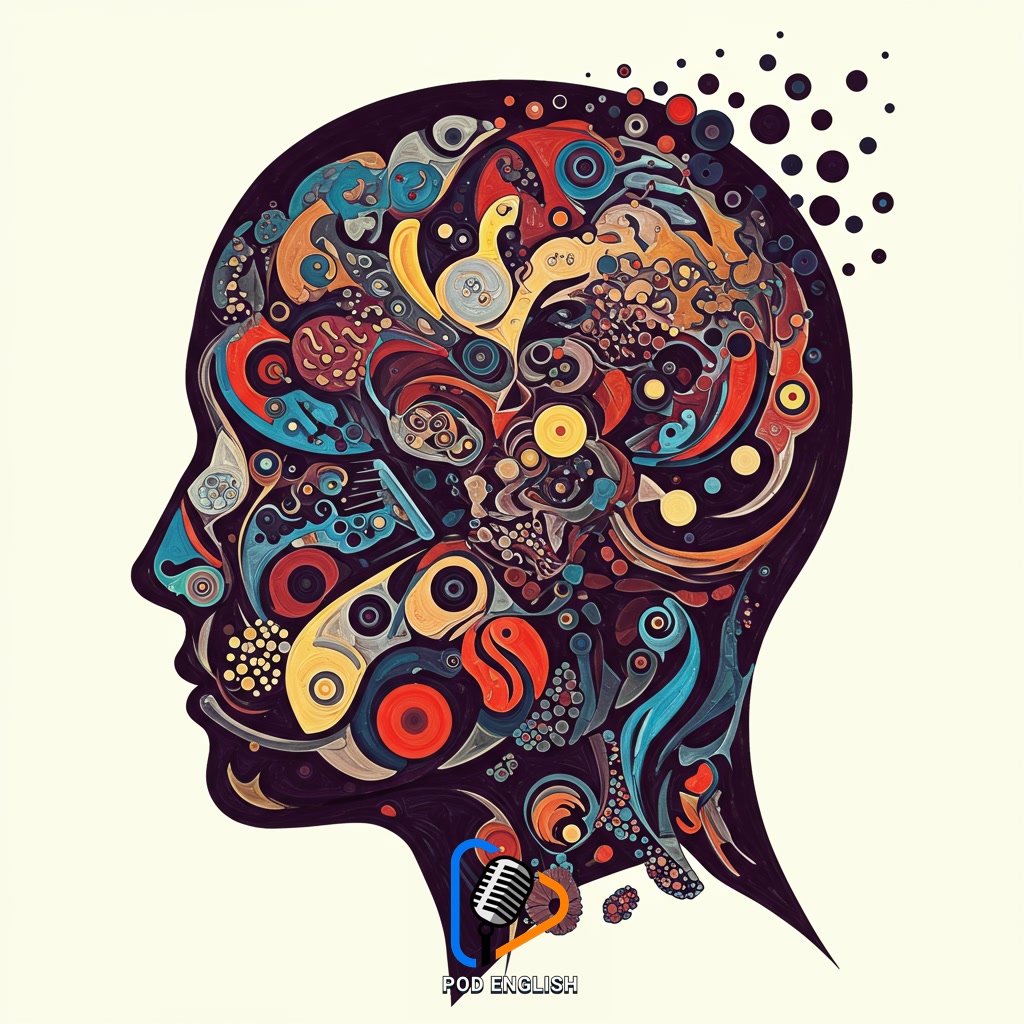
Section 3: Practical Arts-Based Activities for Improving English Skills
Building upon the idea that arts enhance cognitive skills, practical application is key to improving English proficiency. Engaging in activities like describing a painting or sculpture in detail requires precise vocabulary related to colors, textures, shapes, and emotions. Writing a short story inspired by a piece of music or creating dialogue for characters depicted in a photograph encourages narrative development and conversational practice. Analyzing the themes and symbolism in films or theatrical performances prompts discussions and improves critical thinking skills expressed in English. Even simple tasks such as creating a visual journal where drawings or collages are accompanied by written captions or short paragraphs reinforce vocabulary and sentence structure daily. These hands-on activities make the process of learning English vocabulary and grammar more concrete, engaging, and memorable, directly linking abstract language concepts to creative expression.
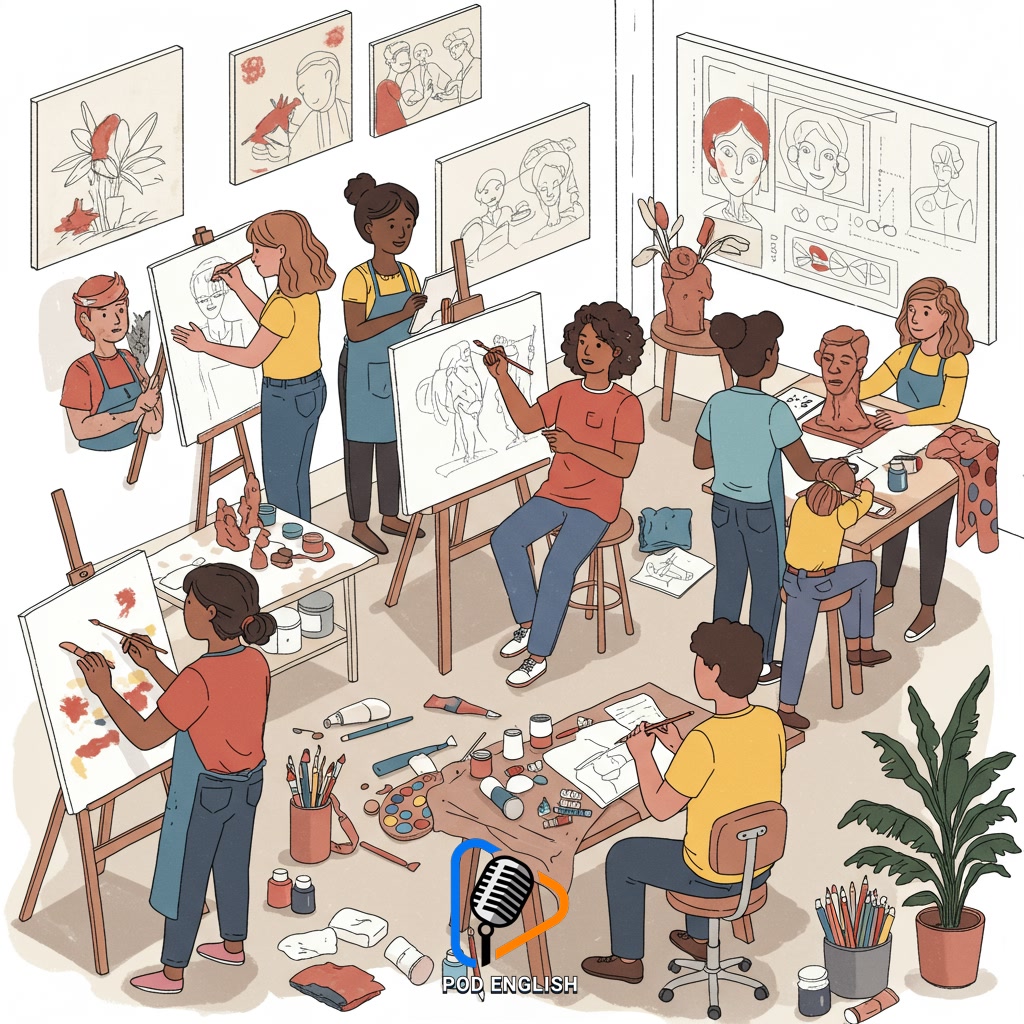
Section 4: Boosting Vocabulary and Expression Through Artistic Practice
Building upon the idea that arts enhance cognitive skills, practical application is key to improving English proficiency. Engaging in activities like describing a painting or sculpture in detail requires precise language to capture textures, colors, and forms. Furthermore, creating your own art, whether it’s painting, drawing, or even creative writing prompted by visual art, forces you to think deeply about word choice and sentence structure. Discussing your creative process or interpreting the work of others naturally expands your vocabulary with descriptive adjectives and nuanced verbs. This active engagement transforms vocabulary acquisition from rote memorization into a dynamic, contextualized process, making new words and expressions more memorable and readily available for use in communication.
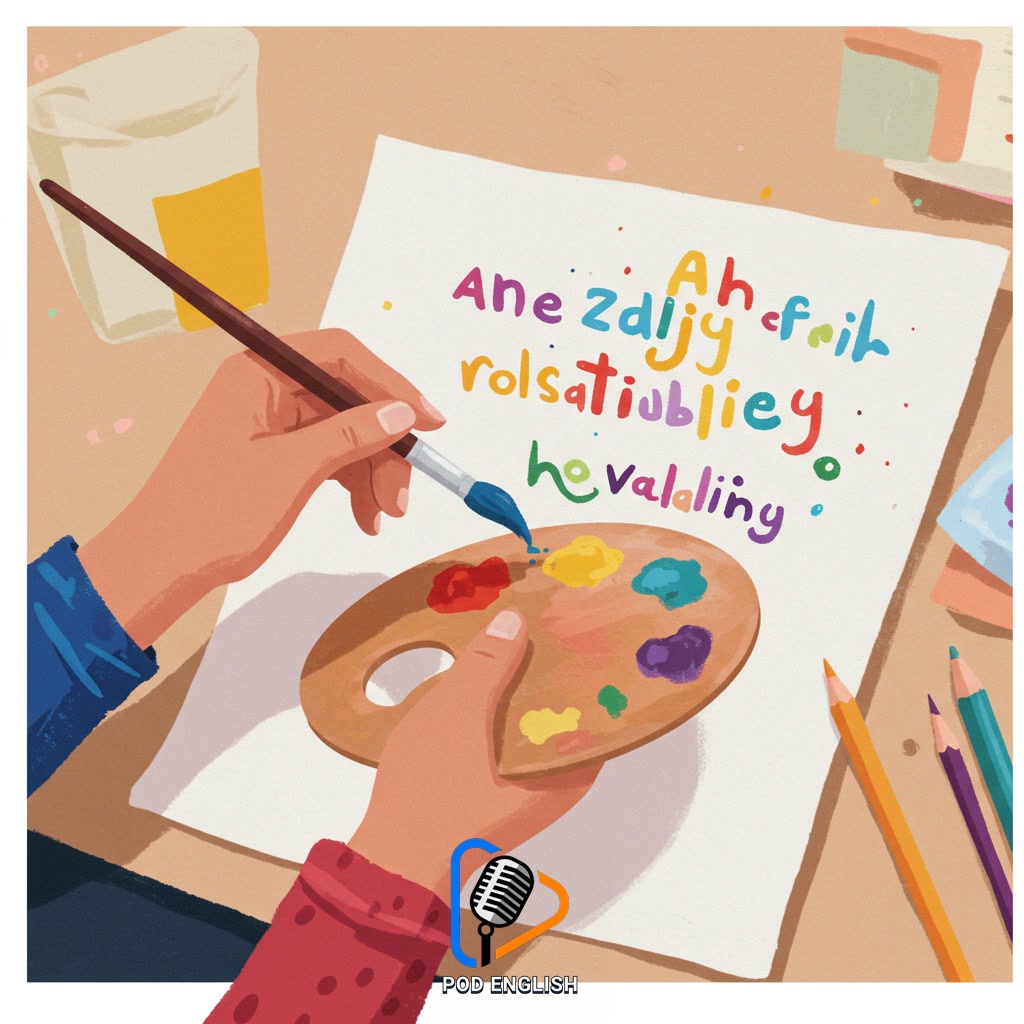
Section 5: Developing Critical Thinking and Interpretation in English via Arts
Building on the skill of describing art, engaging with artistic works significantly boosts critical thinking and interpretation skills, which are vital for English proficiency. When you analyze a painting, understand the narrative in a film, or interpret the emotions in music, you’re not just passively consuming; you’re actively processing information, identifying themes, analyzing symbols, and forming your own opinions. Art requires you to look beyond the surface, question meaning, and make connections. Expressing these analyses and interpretations *in English* forces you to utilize and refine your vocabulary, grammar, and discourse skills. You learn to articulate complex thoughts, support your ideas with evidence from the artwork, and engage in nuanced discussions. This process directly translates to improved comprehension of complex texts and the ability to communicate your own ideas more effectively and persuasively in English.
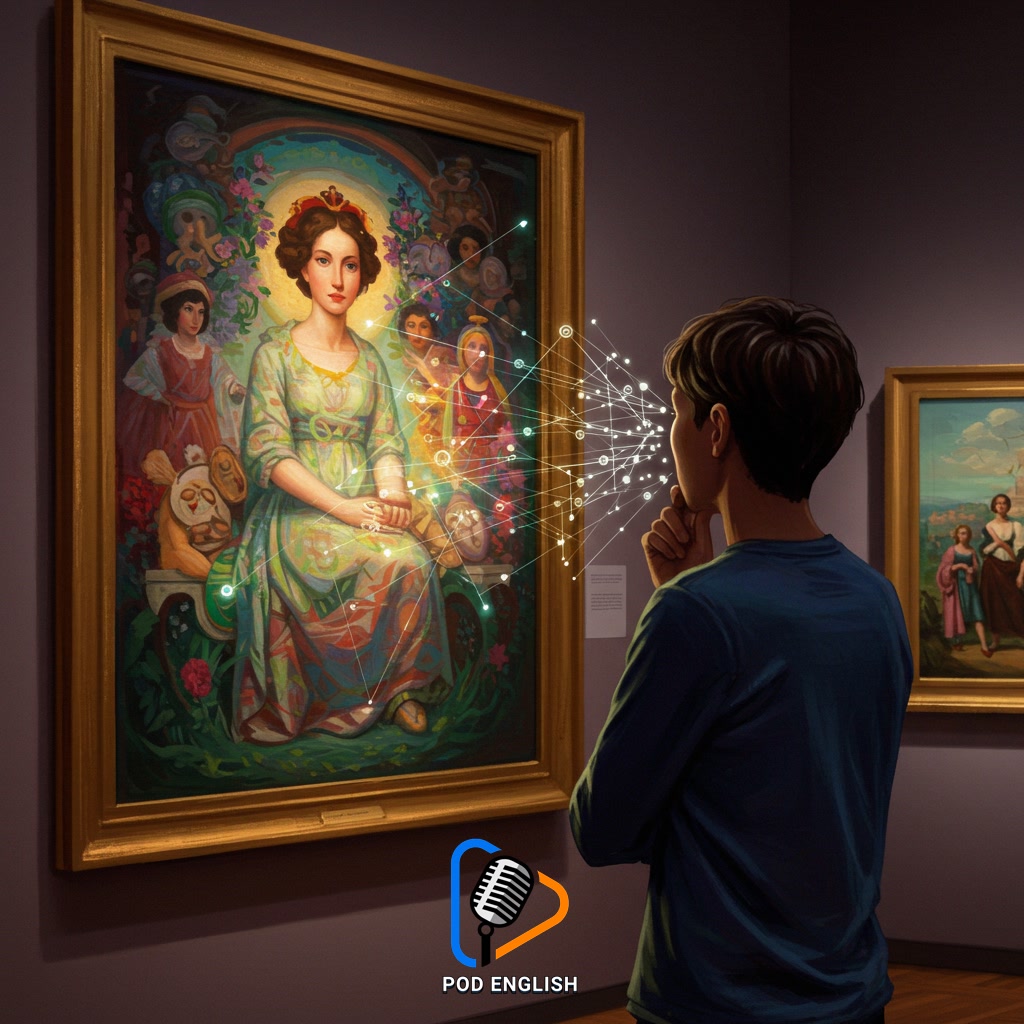
Section 6: Integrating Arts into Your English Learning Journey
Actively incorporating arts into your English studies opens new avenues for practice and expression. Listen to English music, focusing on lyrics to expand vocabulary and understand rhythm and pronunciation. Watch movies or series without subtitles, or with English subtitles, analyzing dialogue delivery, idioms, and cultural references. Visit virtual or physical art galleries and practice describing artworks in English, discussing your impressions and interpretations. Even simple activities like drawing or painting based on an English story or concept can reinforce vocabulary and creative expression. These activities provide authentic and engaging contexts for using and improving your English skills beyond traditional methods, making the learning process more dynamic and enjoyable.
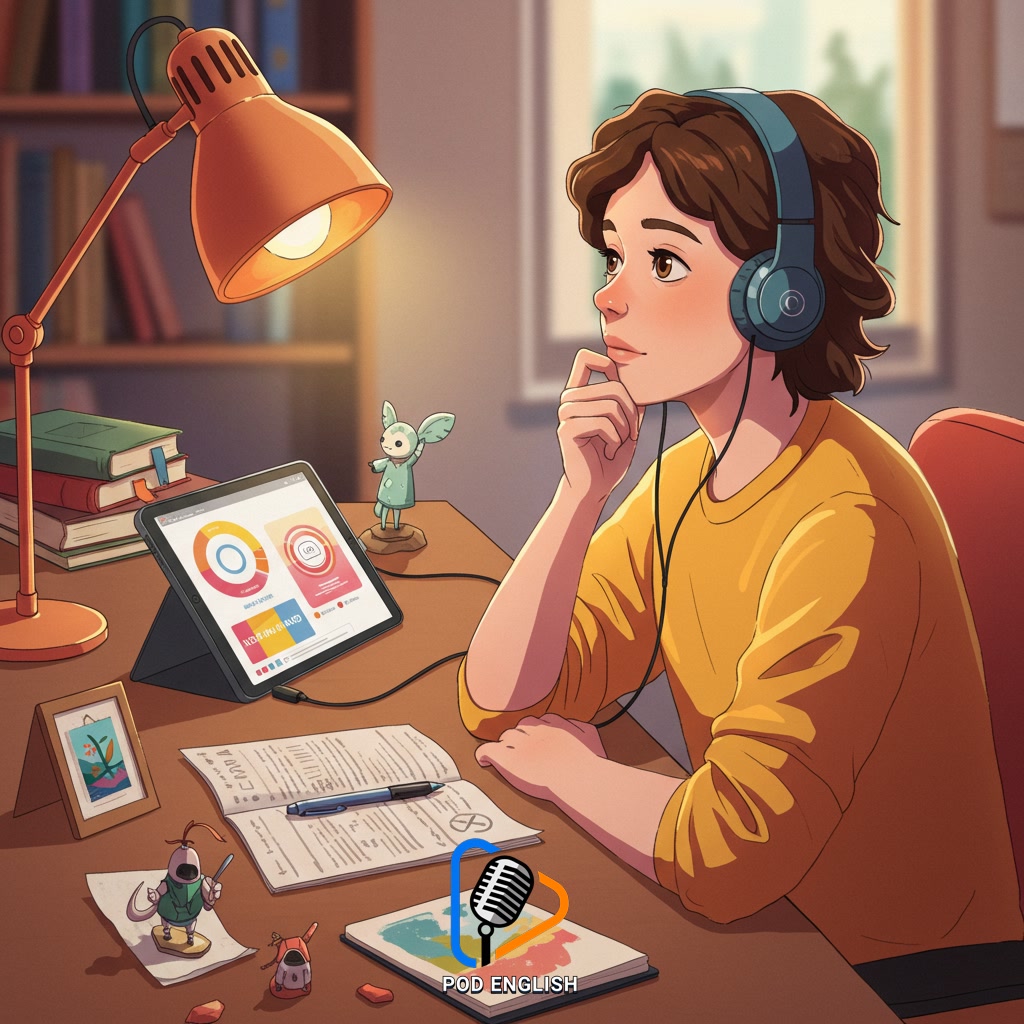
Section 7: Conclusion: Unlocking Your Full English Potential with Arts
In conclusion, the journey to unlocking your full English potential is significantly enriched by embracing the arts. As we’ve explored, engaging with creative expressions like music, visual art, and storytelling stimulates both creativity and critical thinking—skills indispensable for mastering language. This integration fosters a deeper connection with English, enhancing vocabulary acquisition, refining sentence structure, and improving comprehension. By weaving artistic practice into your learning routine, you not only make the process more enjoyable but also cultivate the cognitive agility needed to communicate fluently and express yourself with nuance. Ultimately, the arts provide a dynamic pathway to achieve greater proficiency and confidently navigate the English language landscape.
